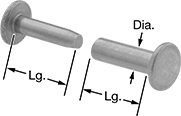Just because you think “patch knives” weren’t a thing doesn’t mean THAT knife isn’t original. There have been knives in all kinds of shapes and sizes since before we were making blades out of metal.
It’s hard to tell from the picture, but the styling and patina seem to be consistent with a 19th century piece.
Jay
It's a nice knife, but not a Old Original Patch Knife.














